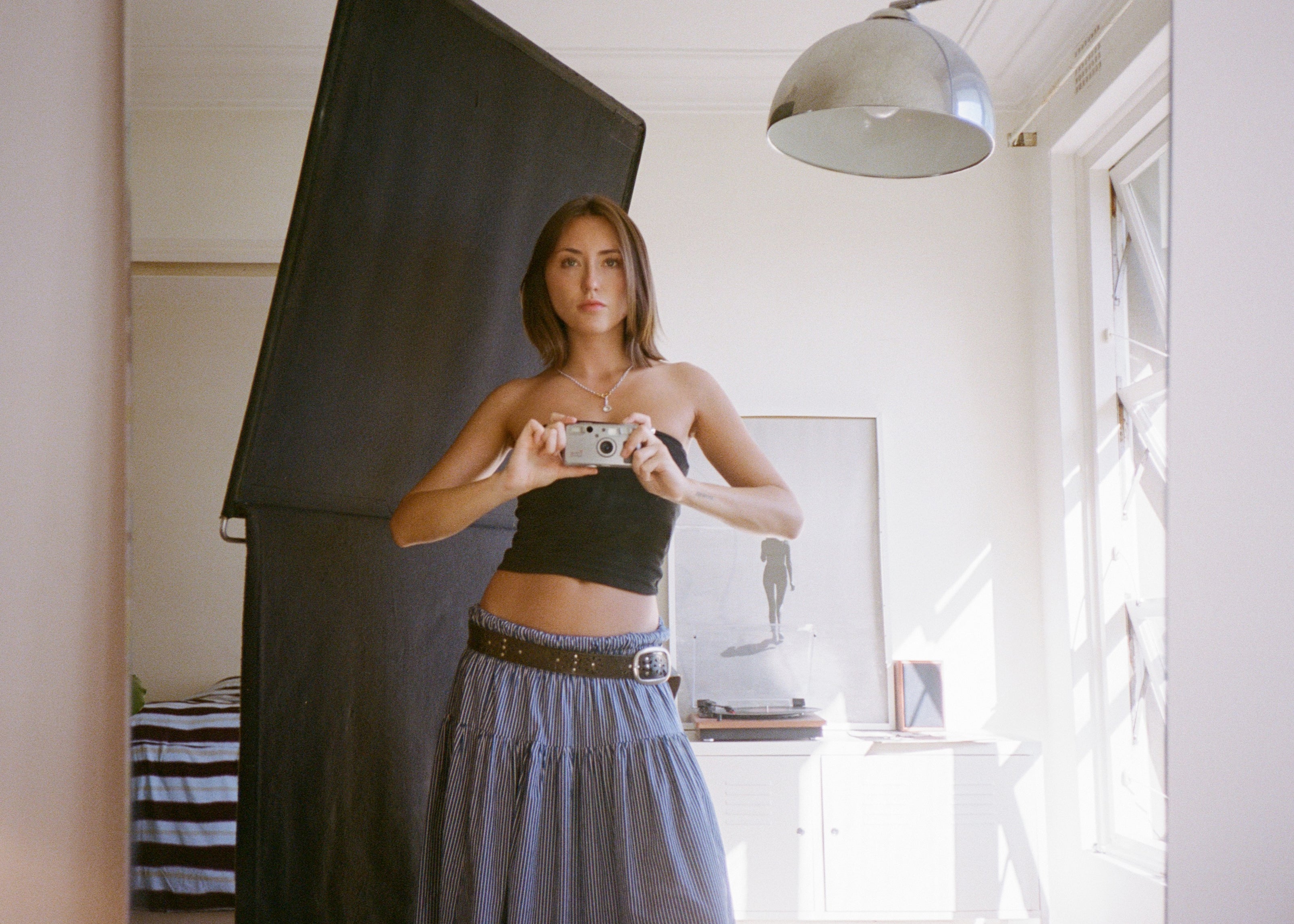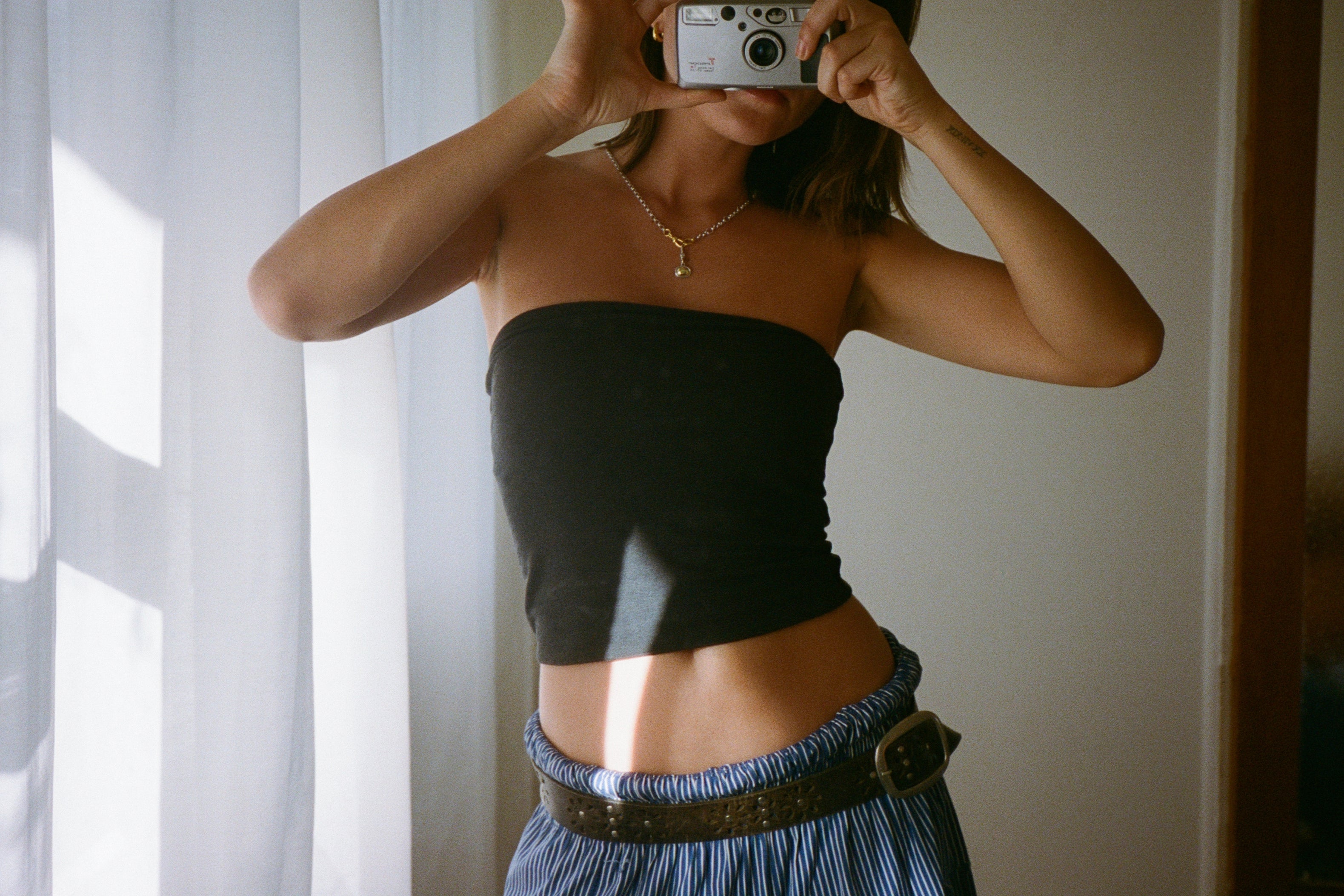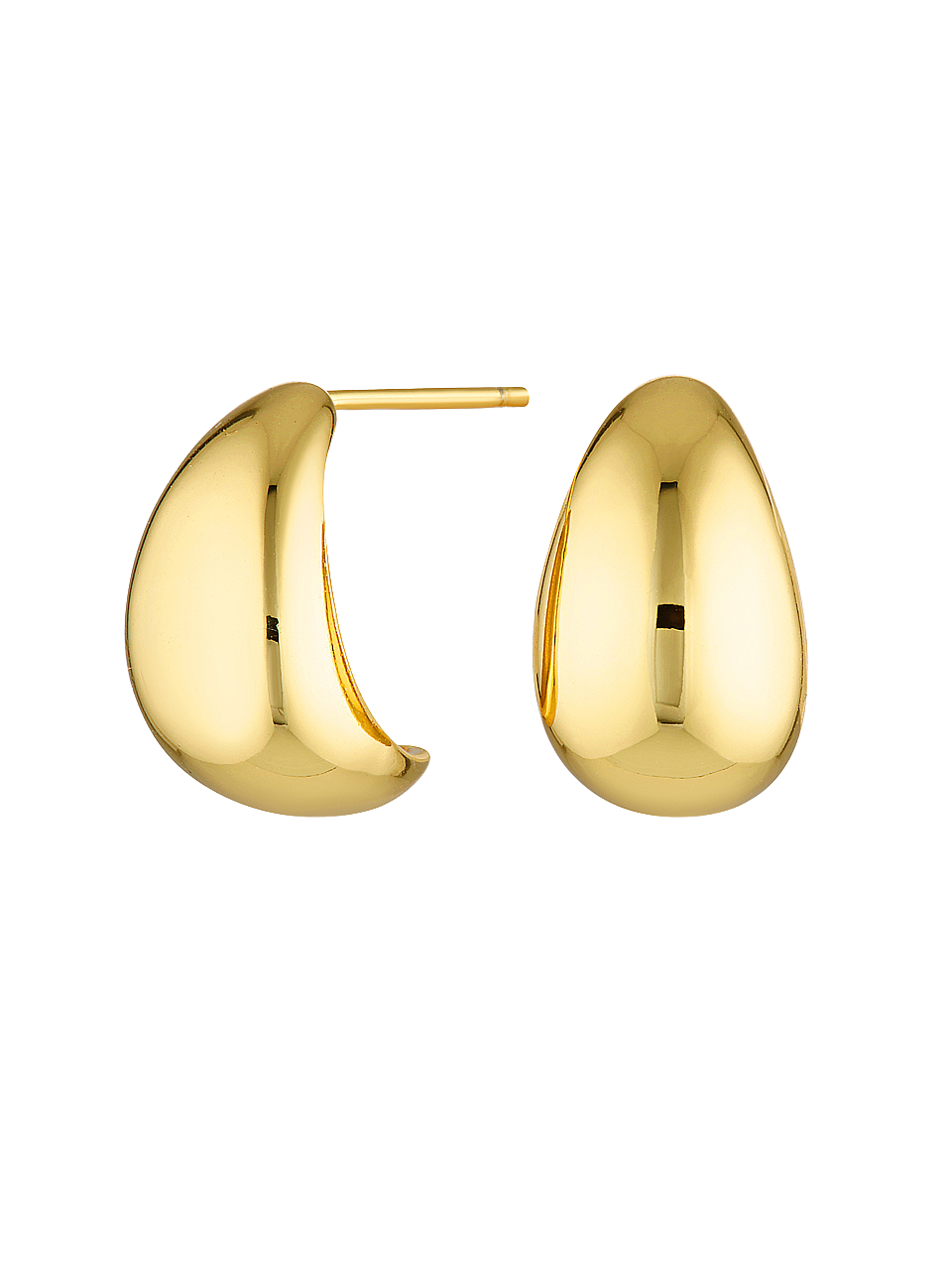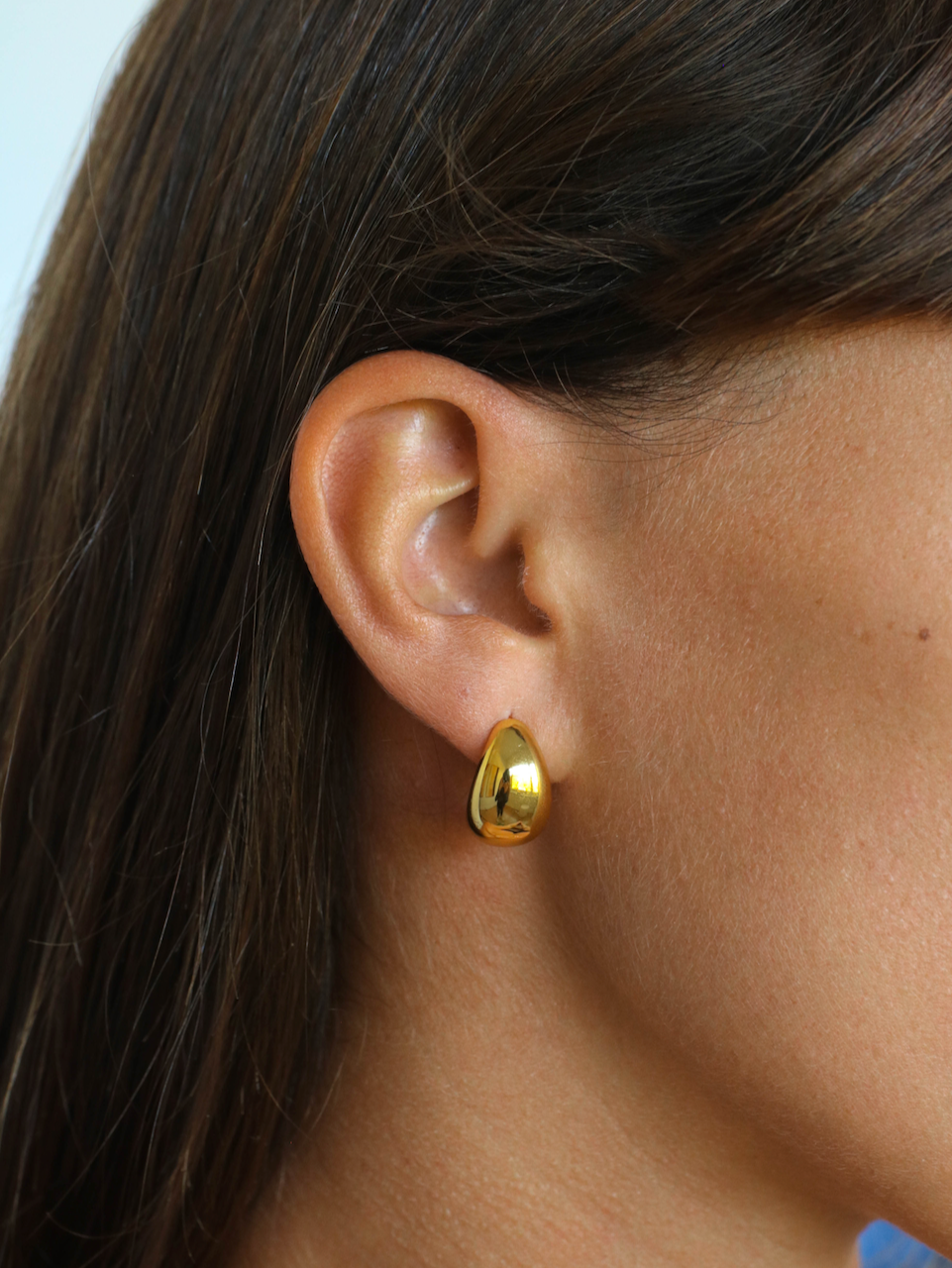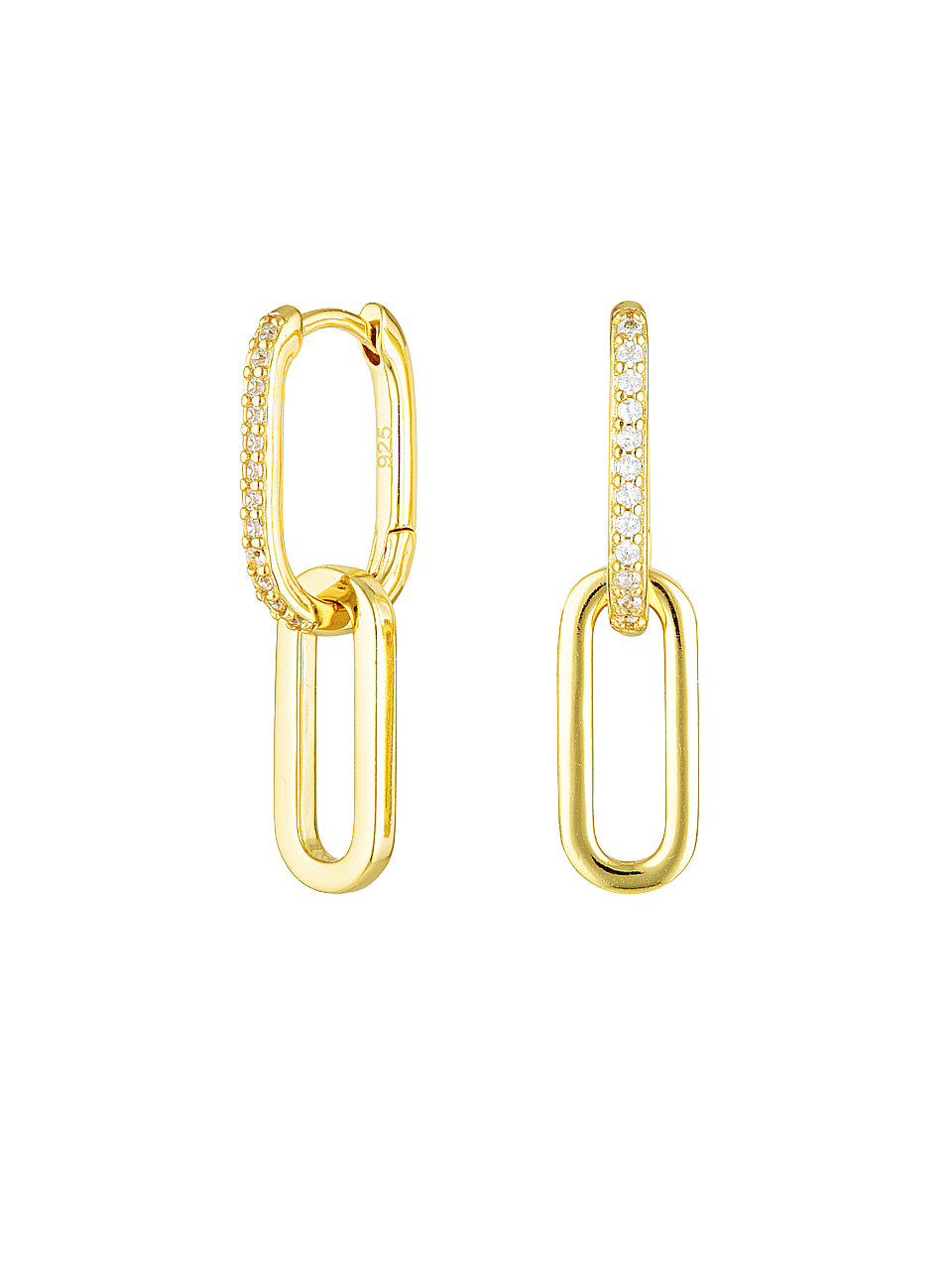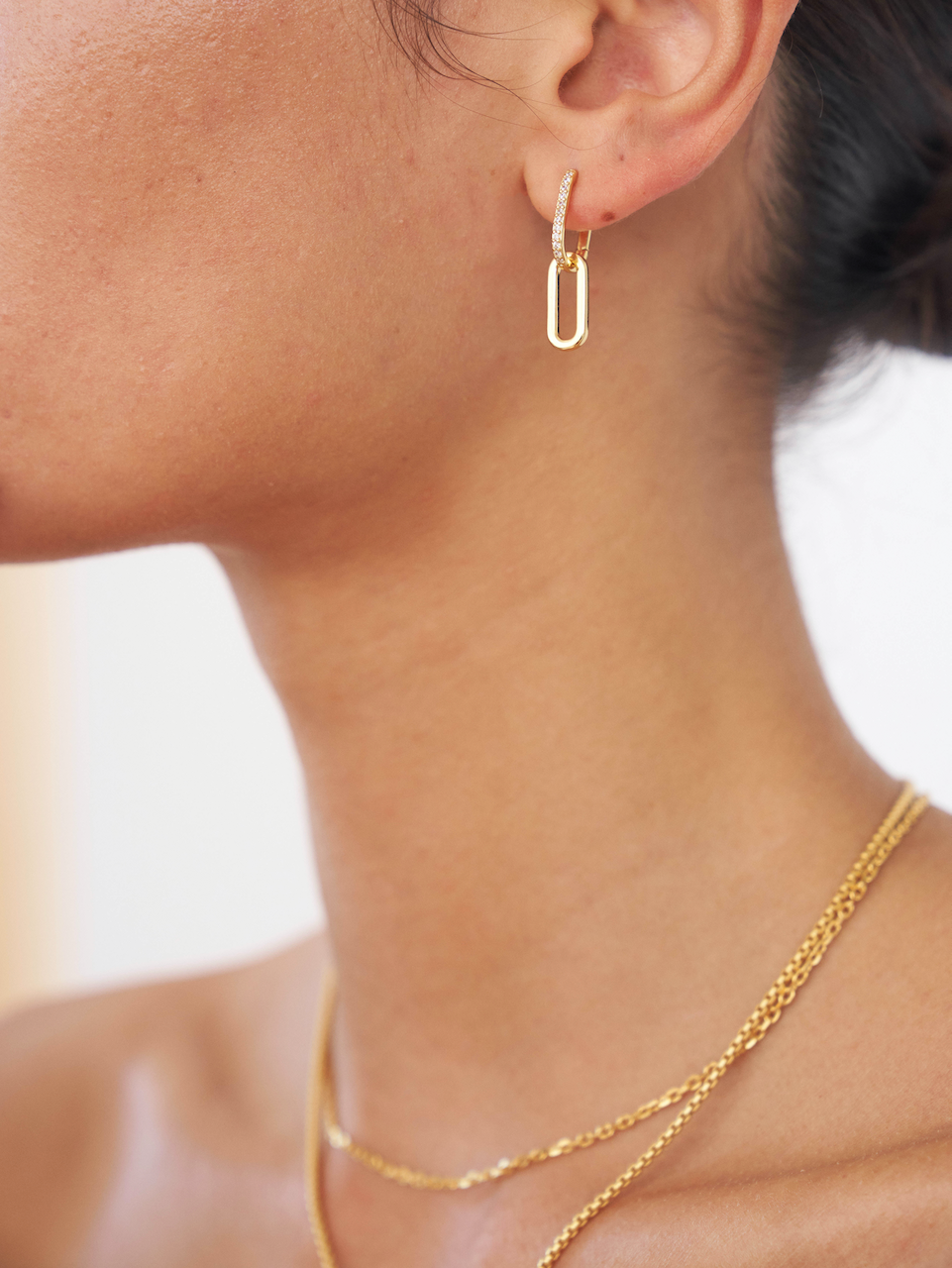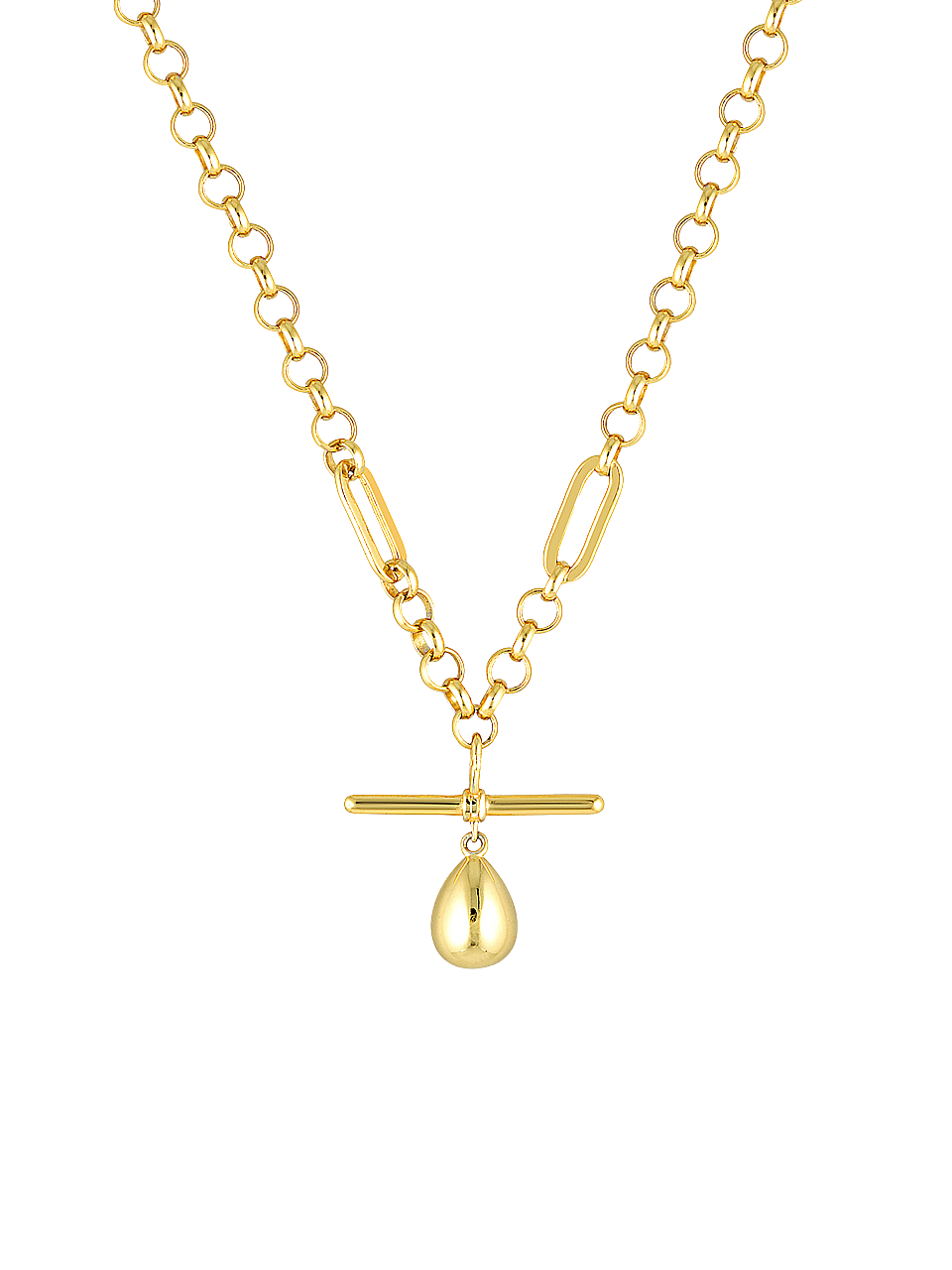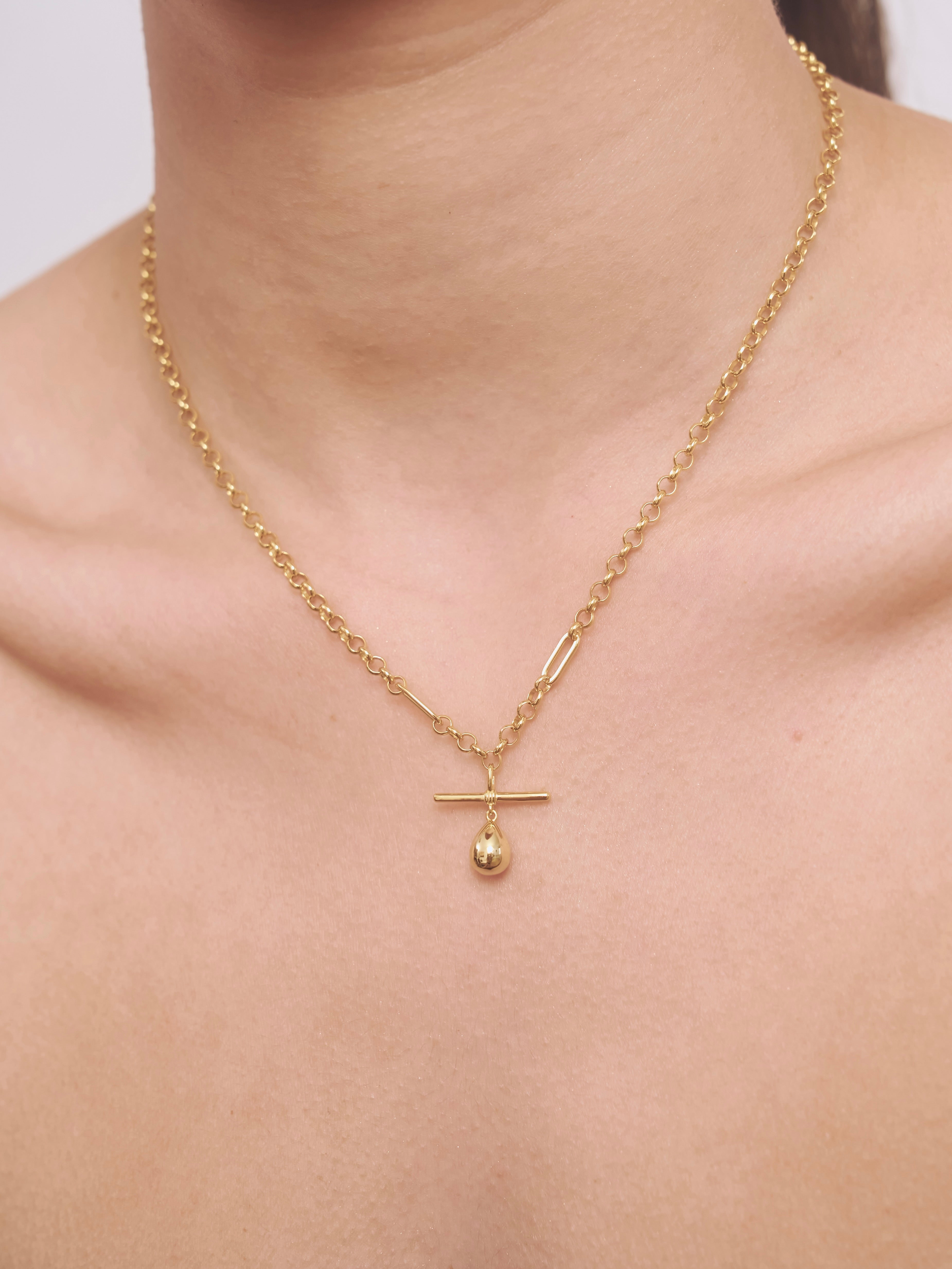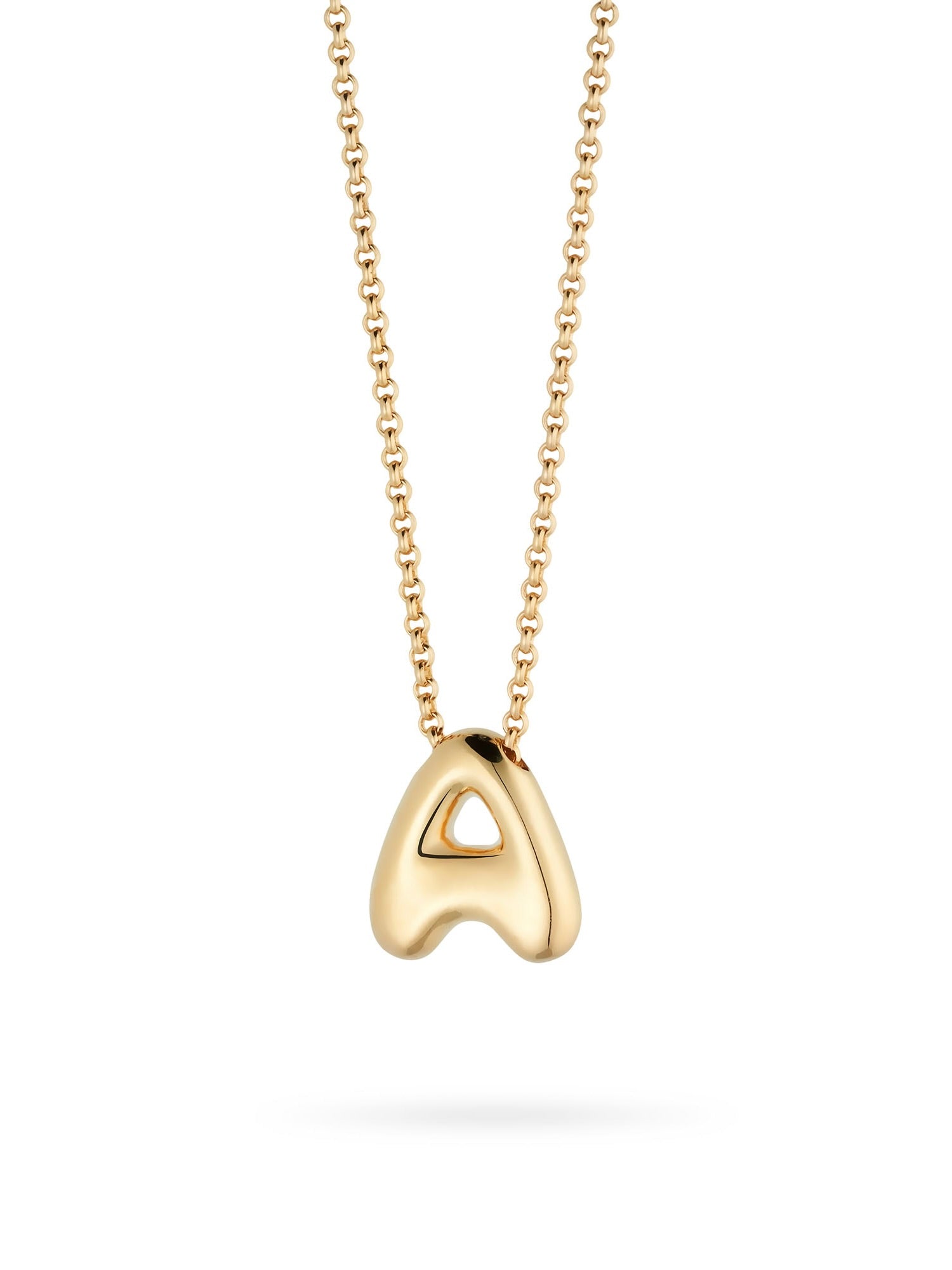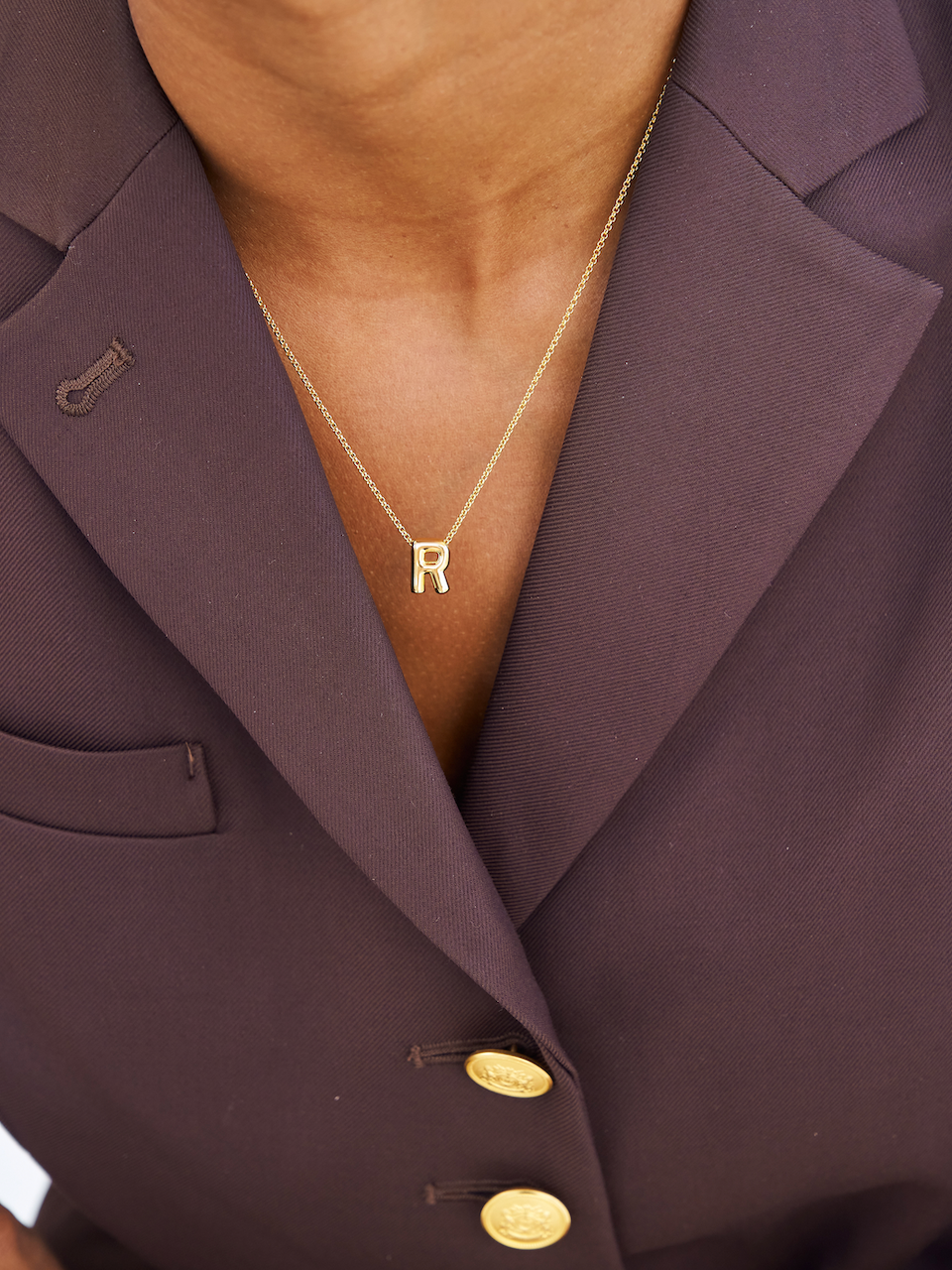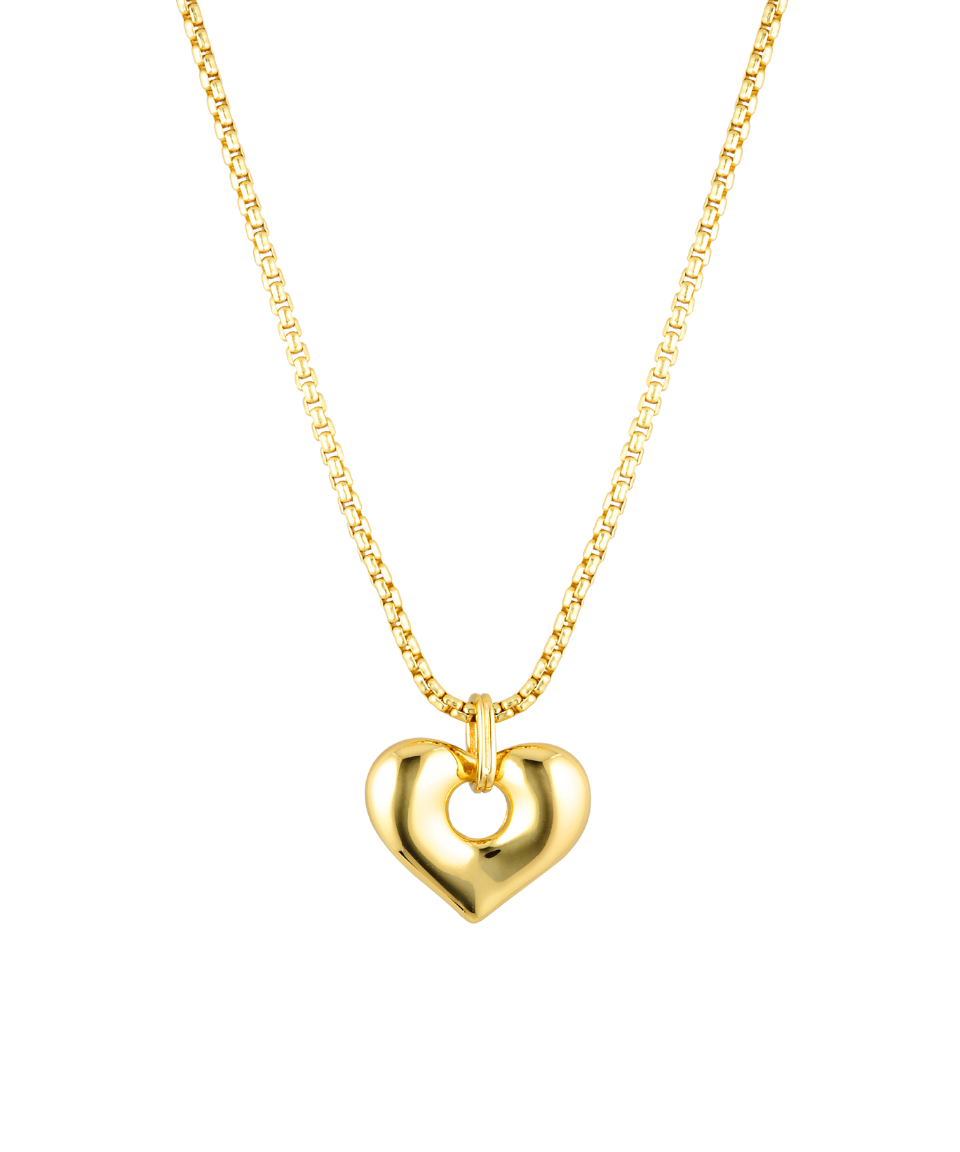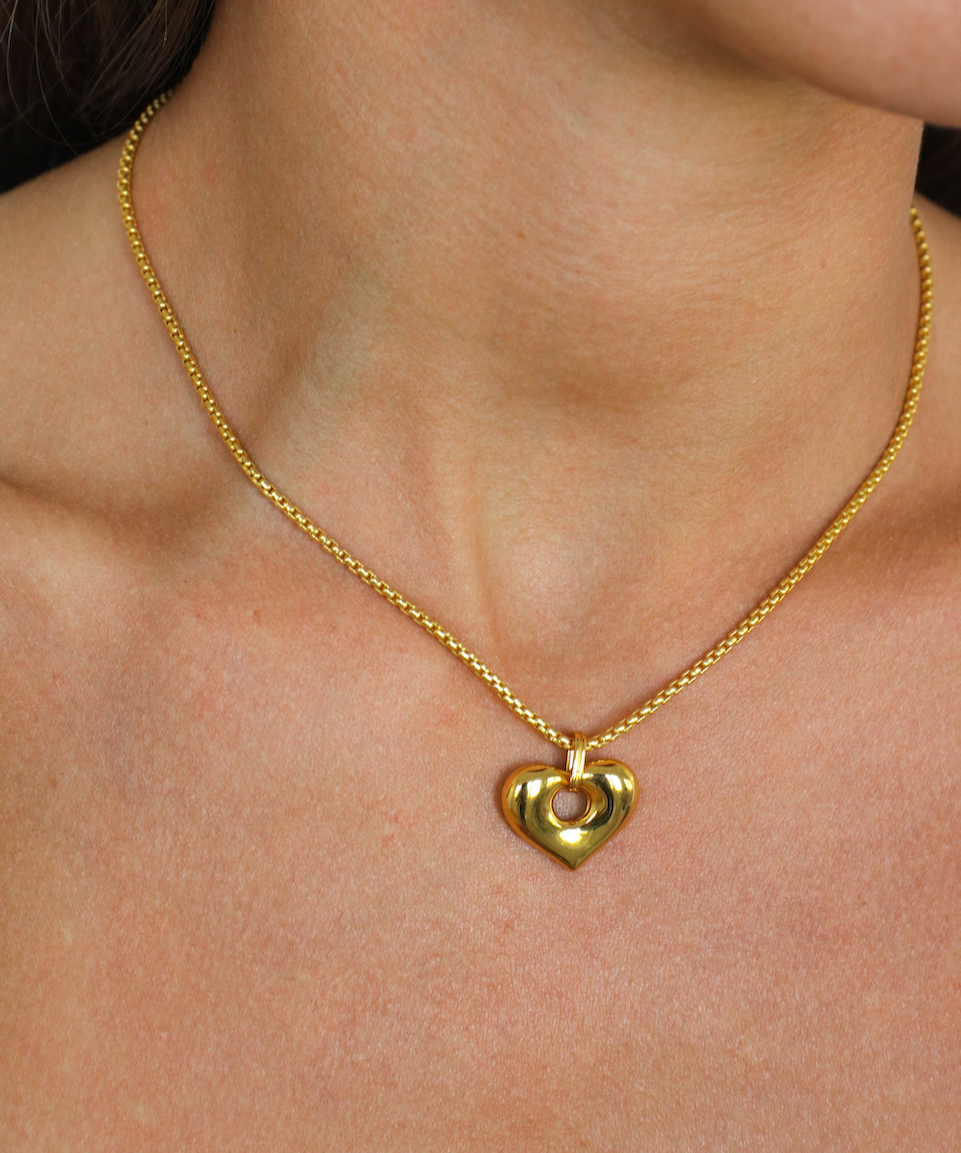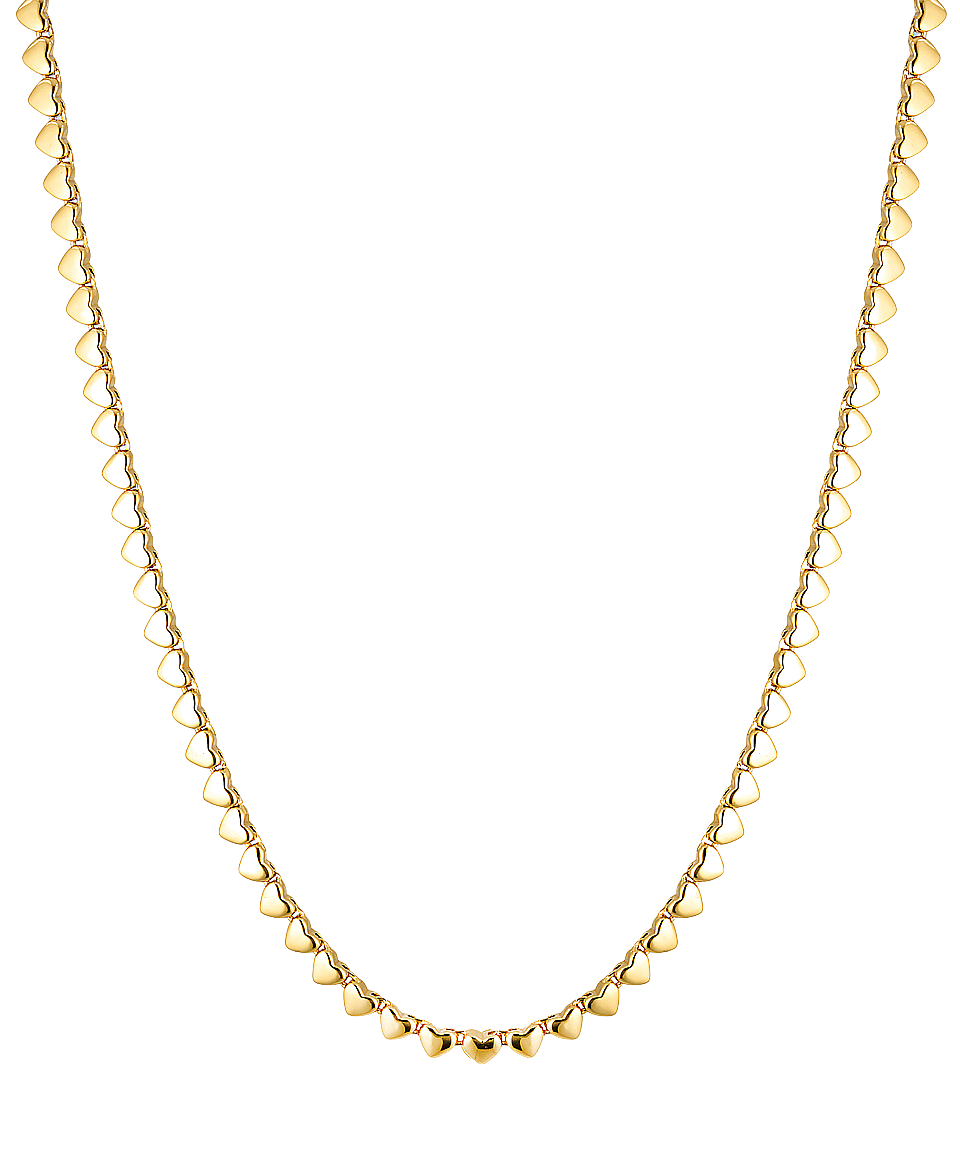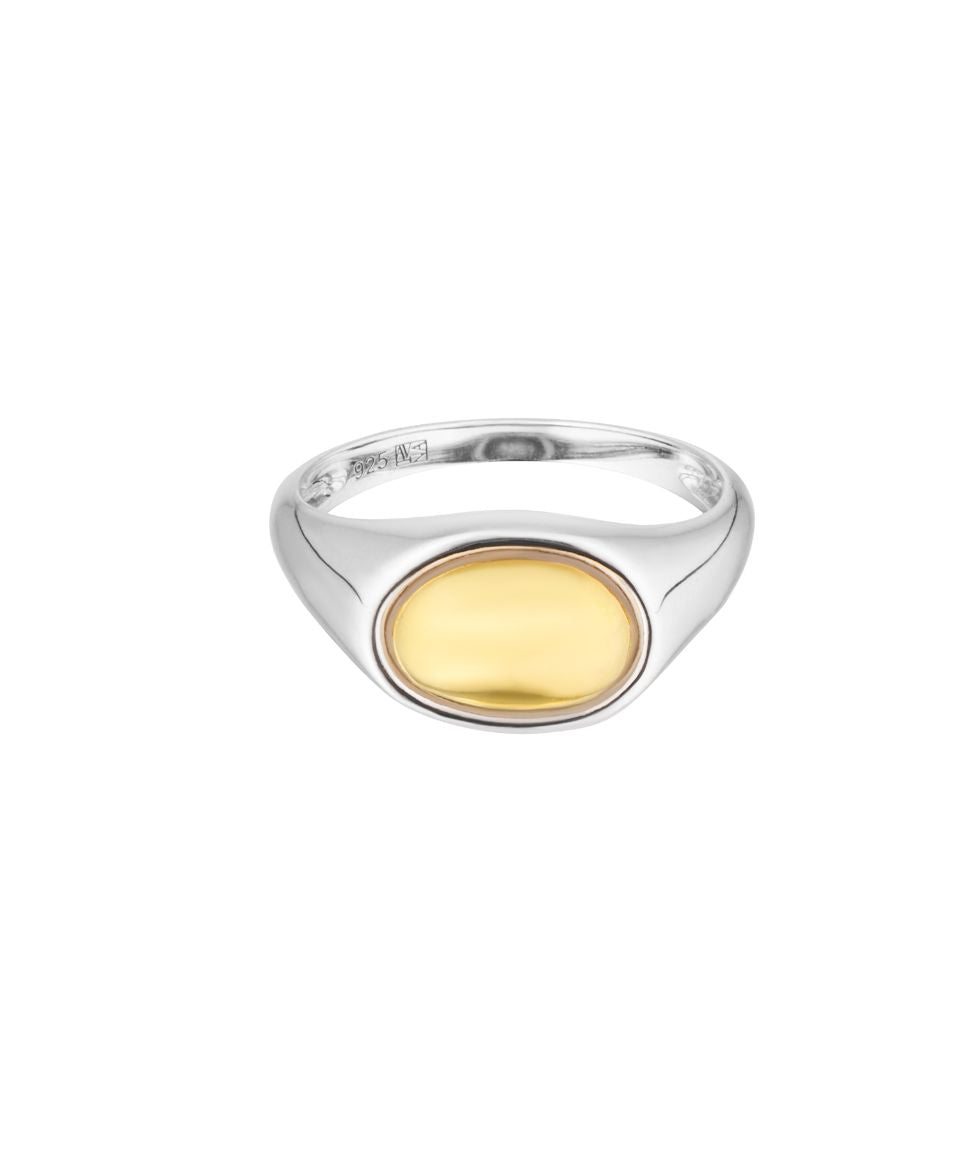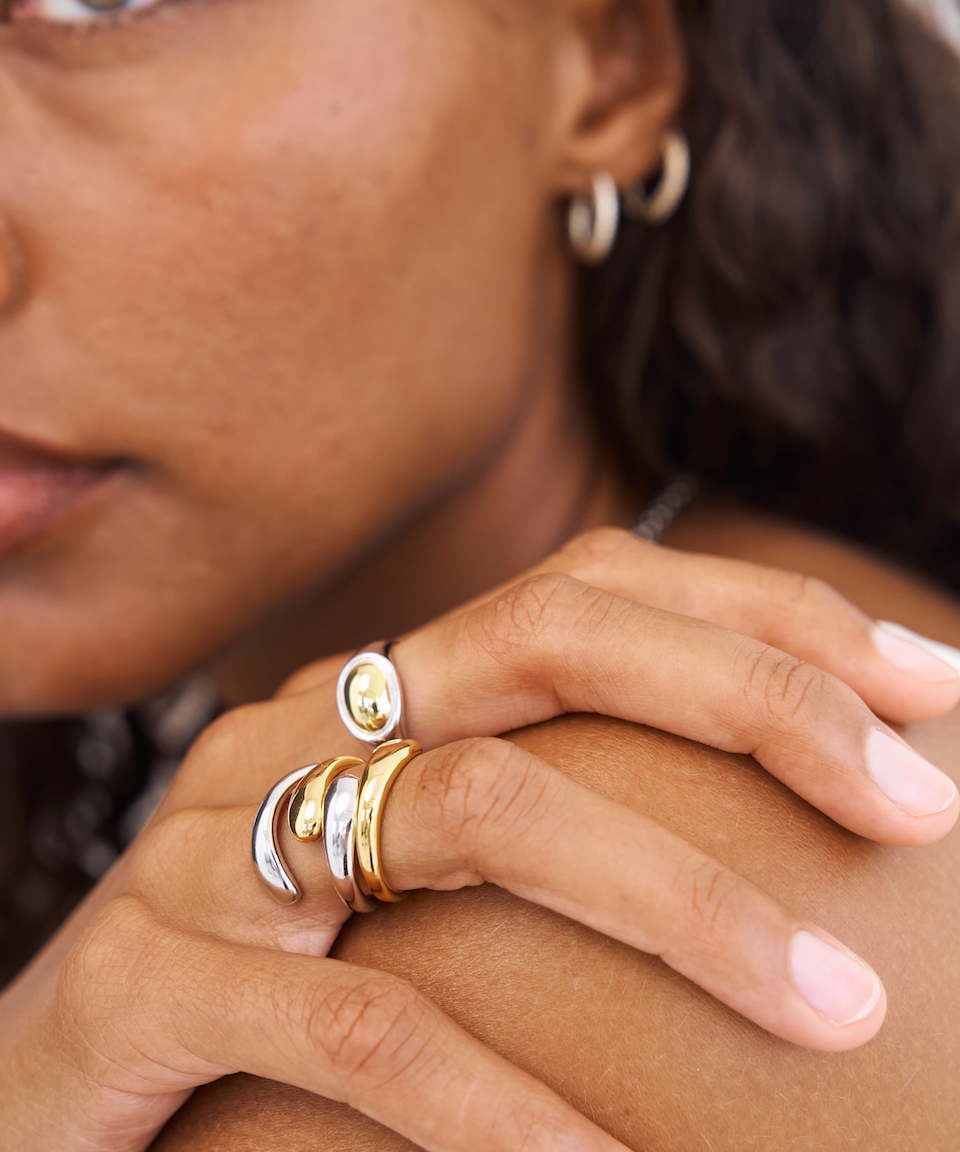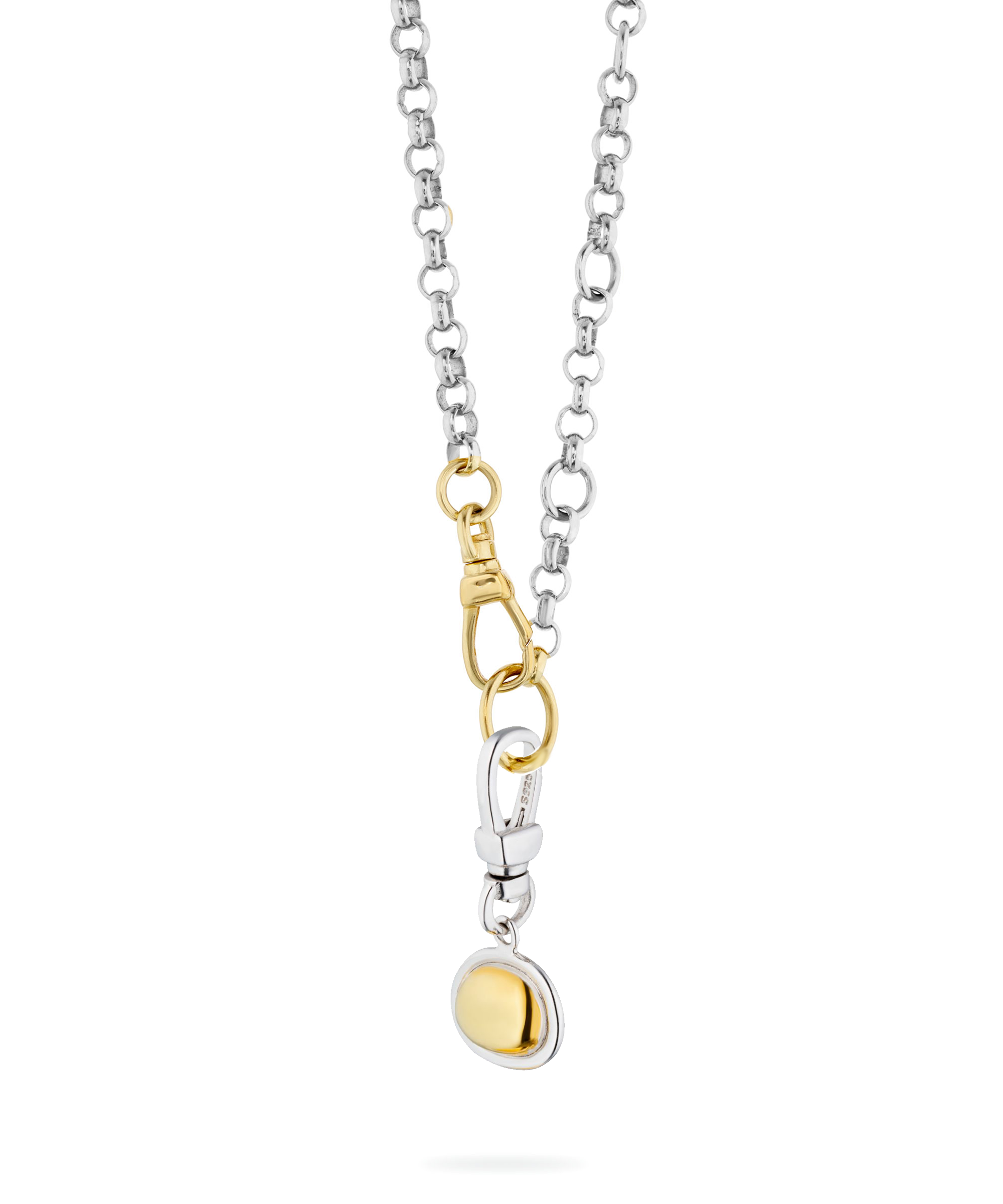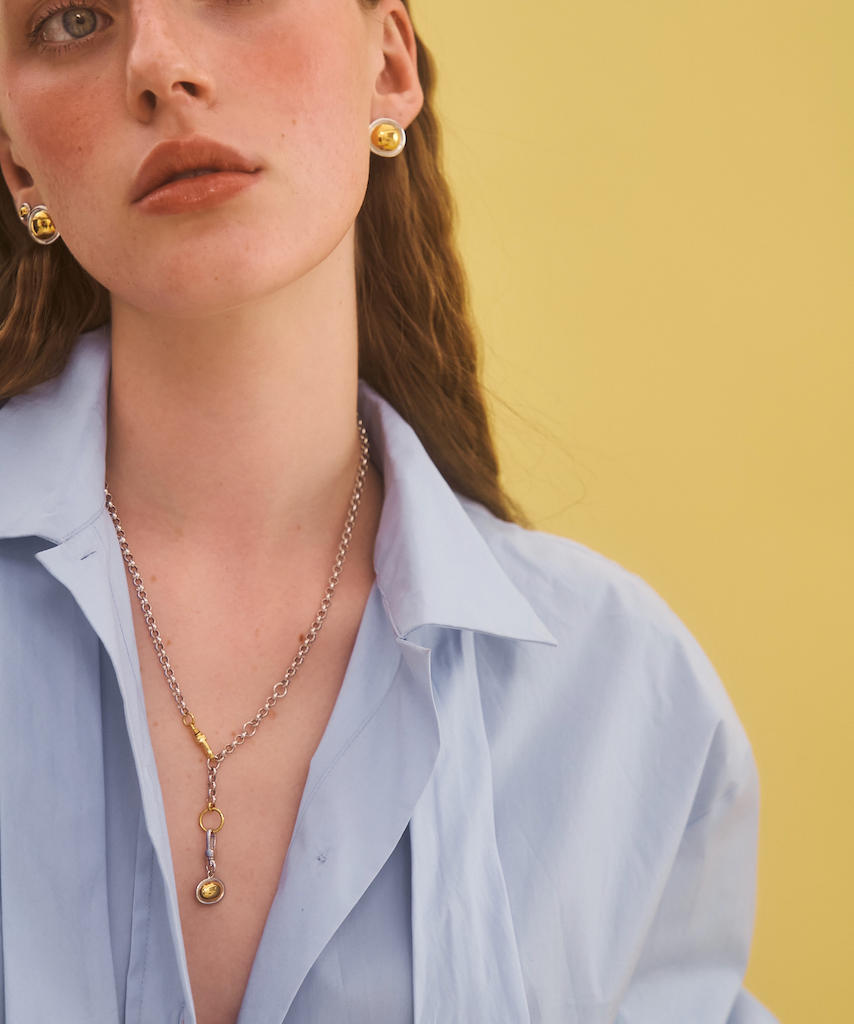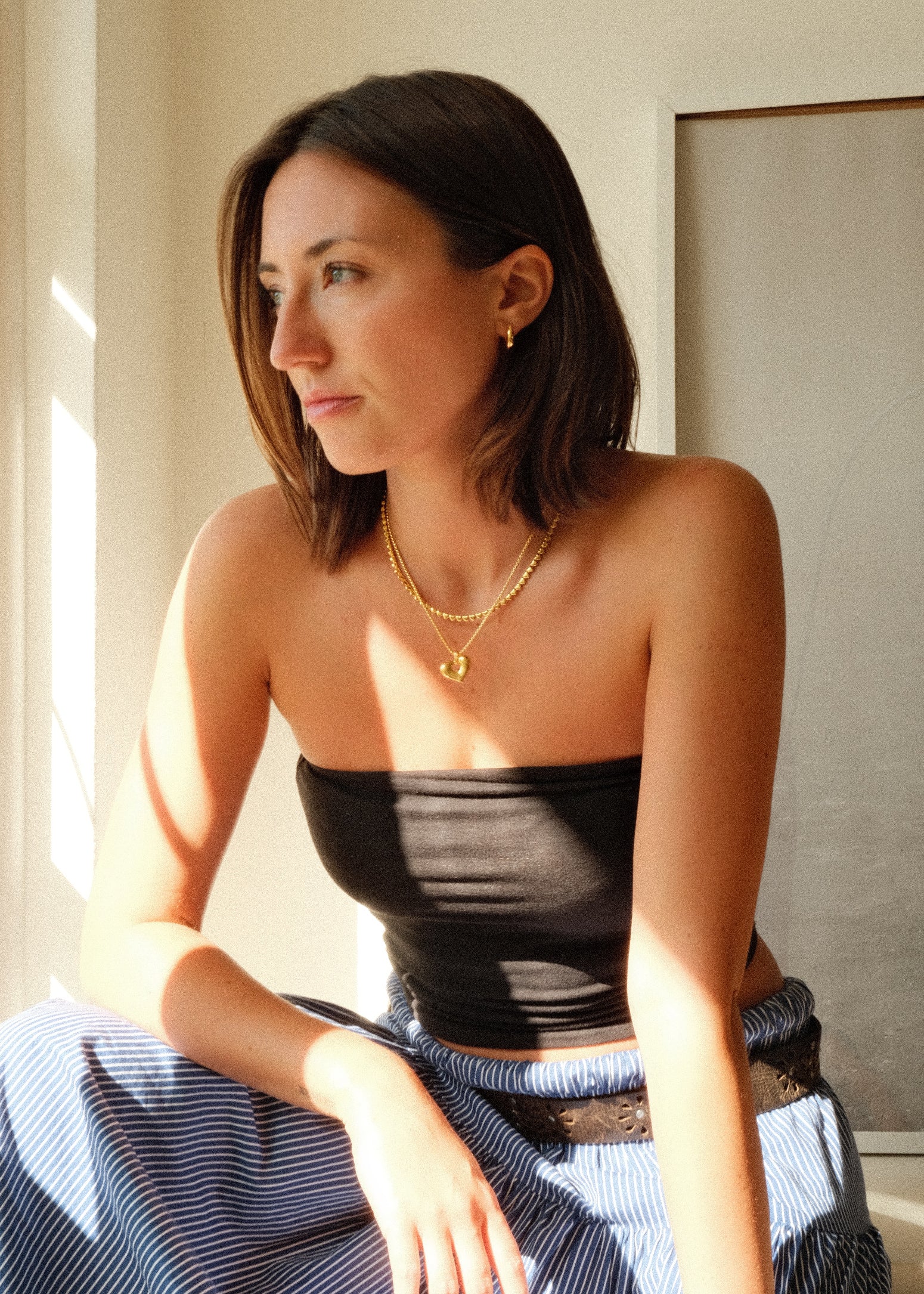
What draws you to working with analogue film in a digital-first world?
There are so many things I love about film—its unique aesthetic, distinctive grain, and the way it renders colour with such richness and nuance. What I cherish most is the intentional workflow it demands; it encourages a more deliberate, thoughtful approach that makes my practice feel deeply intimate and mindful.
How do your personal experiences shape the stories you tell through photography?
My personal experiences are at the core of the stories I tell through photography. The way I see and interpret the world is shaped by my own memories, relationships, and emotional landscapes. I’m often drawn to themes that are raw, intimate and nostalgic.
Photography allows me to process and translate those experiences into visual narratives that feel honest and emotionally resonant. Whether I’m working with portraiture or still life, I approach each frame as a way to express something deeply personal while inviting others to find their own connections within the image.
What emotions or moods are you most interested in capturing through your lens?
I’m most interested in capturing emotions that feel natural and unforced—quiet, introspective moments that carry a sense of romanticism and subtle poetry. There’s a beauty in stillness and the everyday that I find deeply moving, and I strive to reflect that in my work. Whether through light, composition, or subject matter, I aim to evoke moods that are tender, nostalgic, or gently melancholic—images that invite the viewer to pause, reflect, and connect with something both intimate and universal!
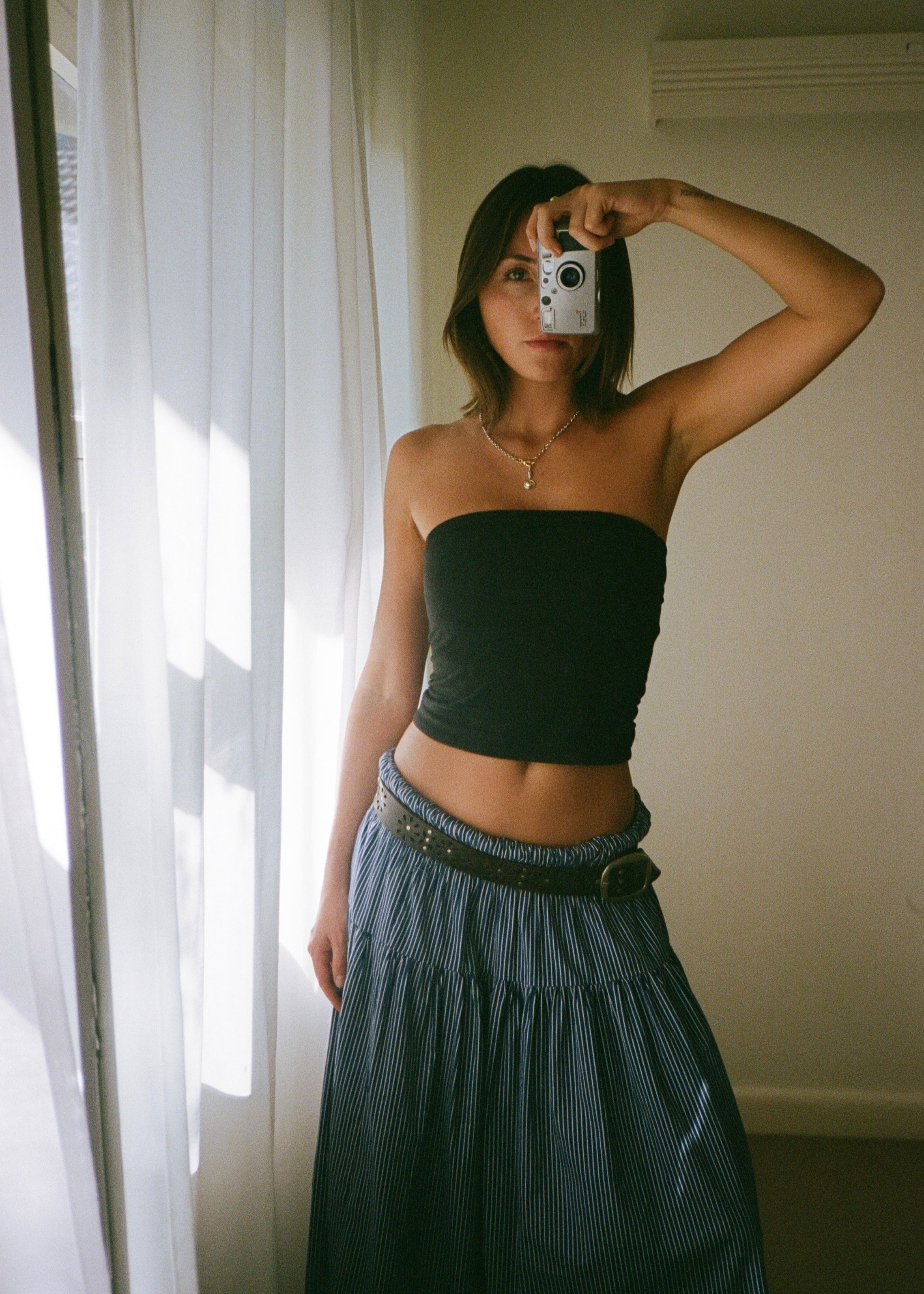
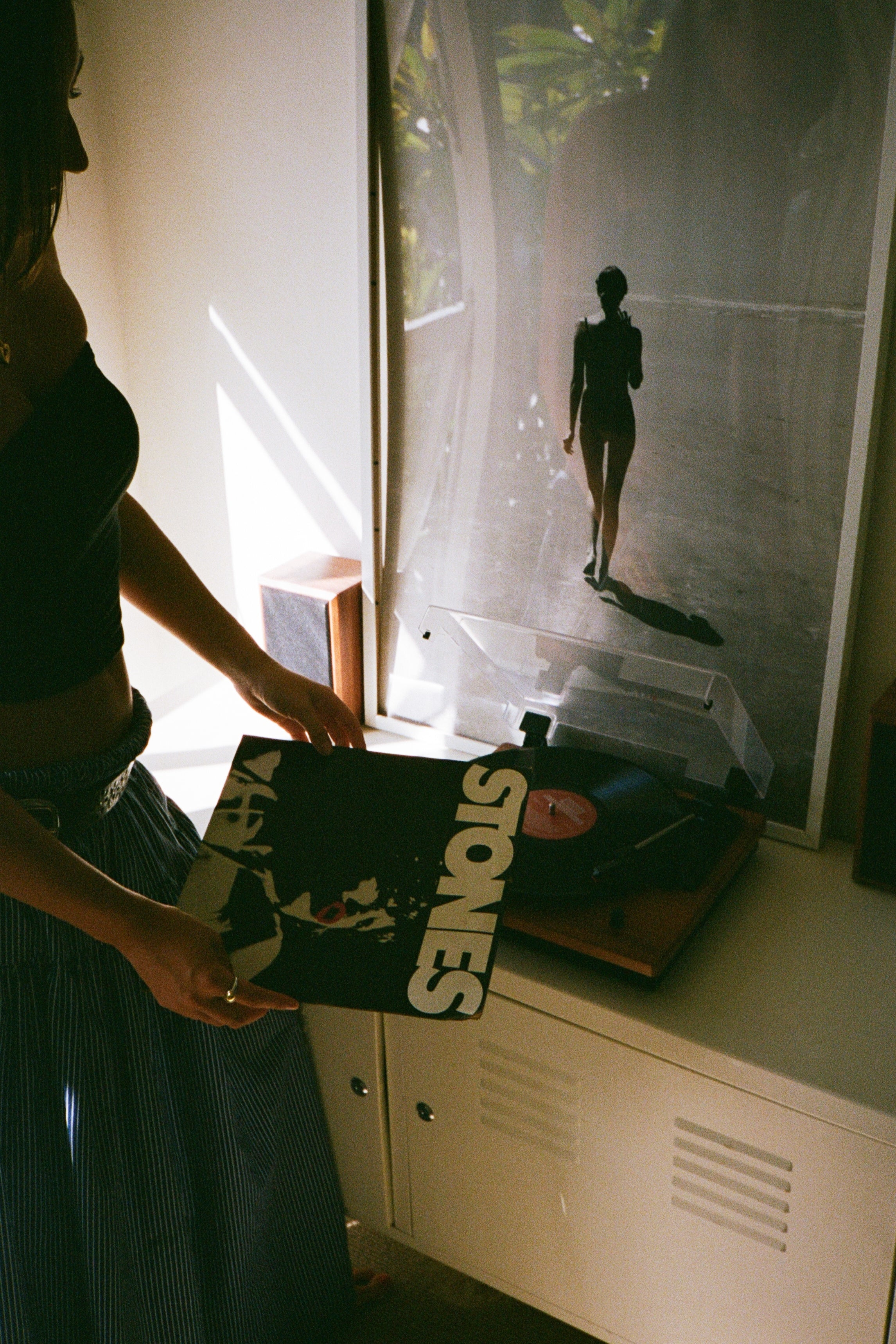
How do you approach storytelling differently between commercial projects and personal work?
Whether I’m working on fashion editorials or conceptual fine art projects, I often draw from my own emotional landscape—moments of connection, introspection, or even dissonance—to create images that feel layered and emotionally resonant.
What role does minimalism play in your creative style?
Minimalism plays a central role in my creative style because it allows me to strip away distraction and focus on the emotional core of an image. I’m drawn to simplicity—not just in aesthetics, but in intention. By using clean compositions, negative space, and subtle gestures, I create room for the viewer to pause and engage more deeply with the subject.
Could you walk us through your photographic process, from concept to final print?
My photographic process begins with a concept or idea that I feel drawn to explore. This could be inspired by a range of things, for instance, a location, a piece of music, or even a movie. I then begin creating a physical visual mind map. Once I have a clear vision, I scout locations or work with subjects who resonate with the concept.
During the shoot itself, I work intentionally, focusing on the details that will bring the image to life. I love to leave room for things to just happen on the day and not plan to vigilantly.
After capturing the image, I move into post-processing. Once the film is developed, when I can, I love to handprint. Hand printing another layer of intentionality to the final piece, not to mention I also love the milky and soft tones hand printing gives.
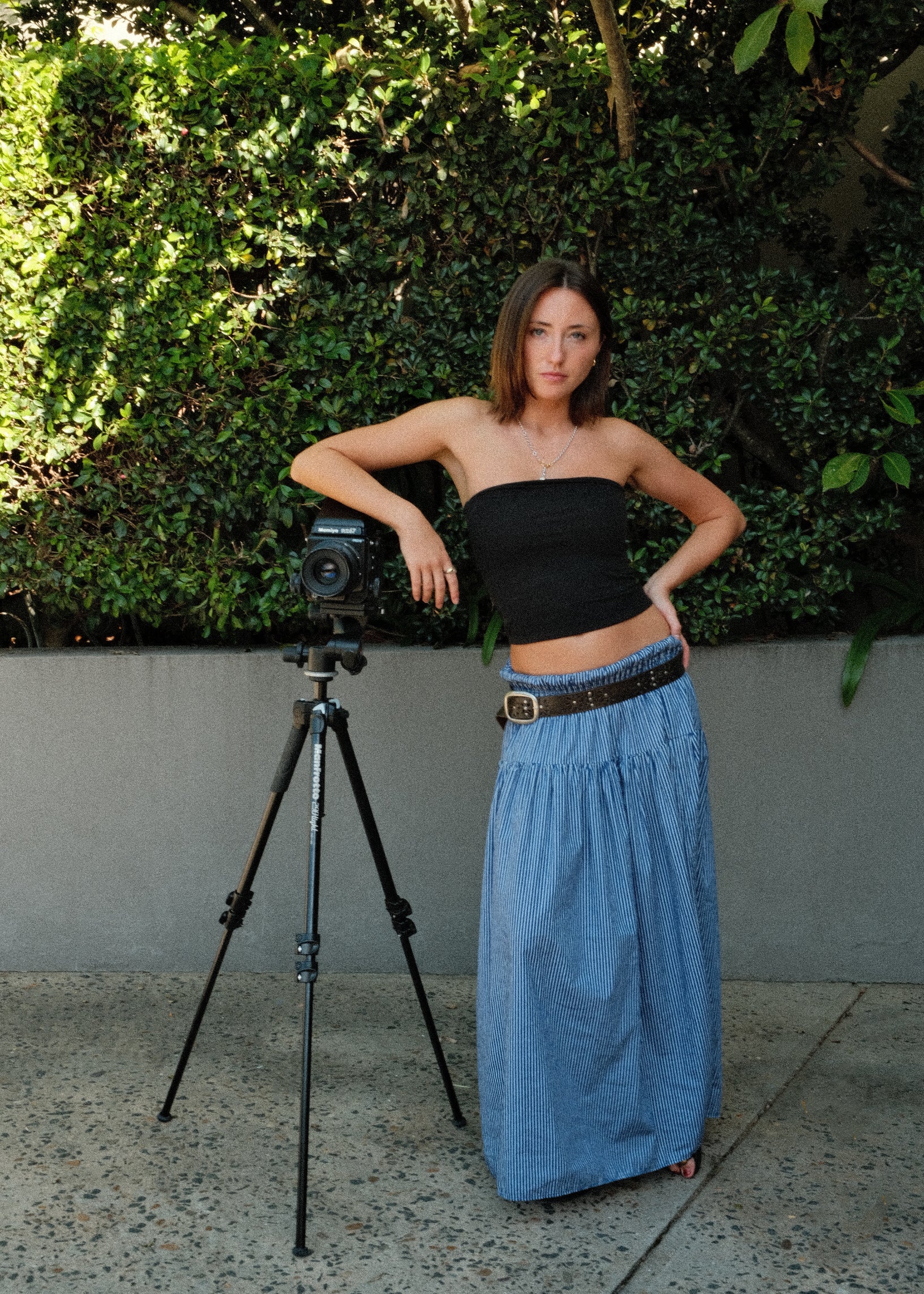
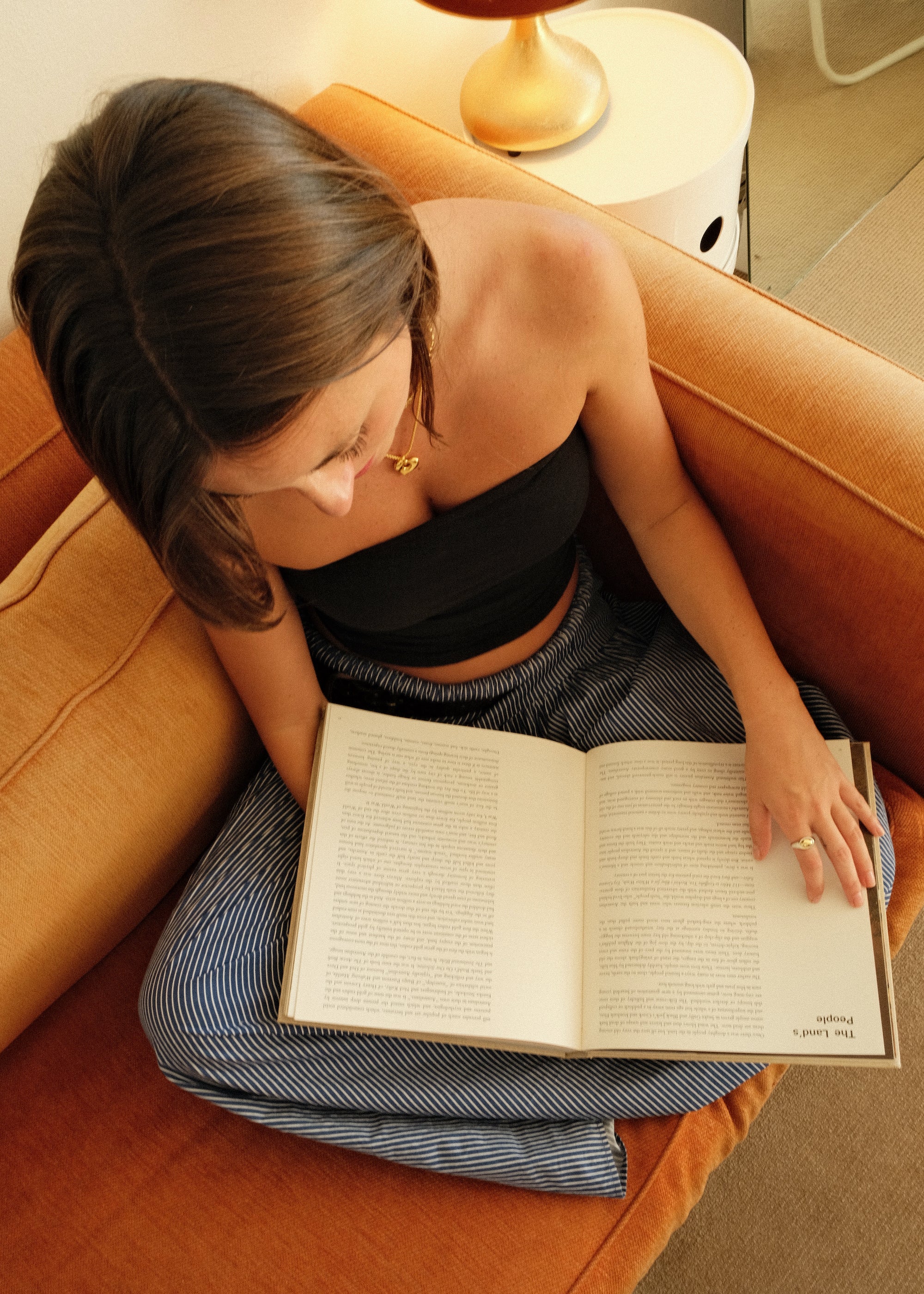
How does fashion influence your visual storytelling?
I think that within photographic storytelling, particularly in my work, fashion doesn’t just clothe the body—it drives the narrative, supports the metaphor, and so often even becomes the subject itself.
Do you have wardrobe staples that reflect your artistic identity?
Much like my photographic practice, my wardrobe has traditionally been quite minimal. However, in recent months, I have begun to experiment with bolder patterns and more diverse colour combinations in my clothing choices. This shift has sparked a curiosity in me, as I consider whether my creativity is evolving in new directions—an evolution that may eventually become visible in my photographic work.
Which eras or icons of photography have most influenced your work?
That’s a tough one! Vivian Maier and her story had a huge influence on me when I first got into photography. Seeing a woman working with a medium format camera really inspired me. I love how she captured the people and streets of Chicago in such a raw, subtle way—it’s so intriguing and beautiful. She had this quiet power to her work. I think she saw people with a kind, curious eye, often focusing on overlooked or ordinary subjects but giving them so much depth and dignity. What makes her story even more fascinating is the mystery around her life—she wasn’t looking for recognition, which makes the honesty in her work feel even more powerful.
I have also always admired the beautiful work of Saul Leiter. His film photography has such a painterly quality, subtle emotion, and masterful use of colour - soft, muted tones that evoke mood rather than simply describe reality. I have always felt as though Leiter brought a poetic sensibility to everyday life, making the mundane feel magical!
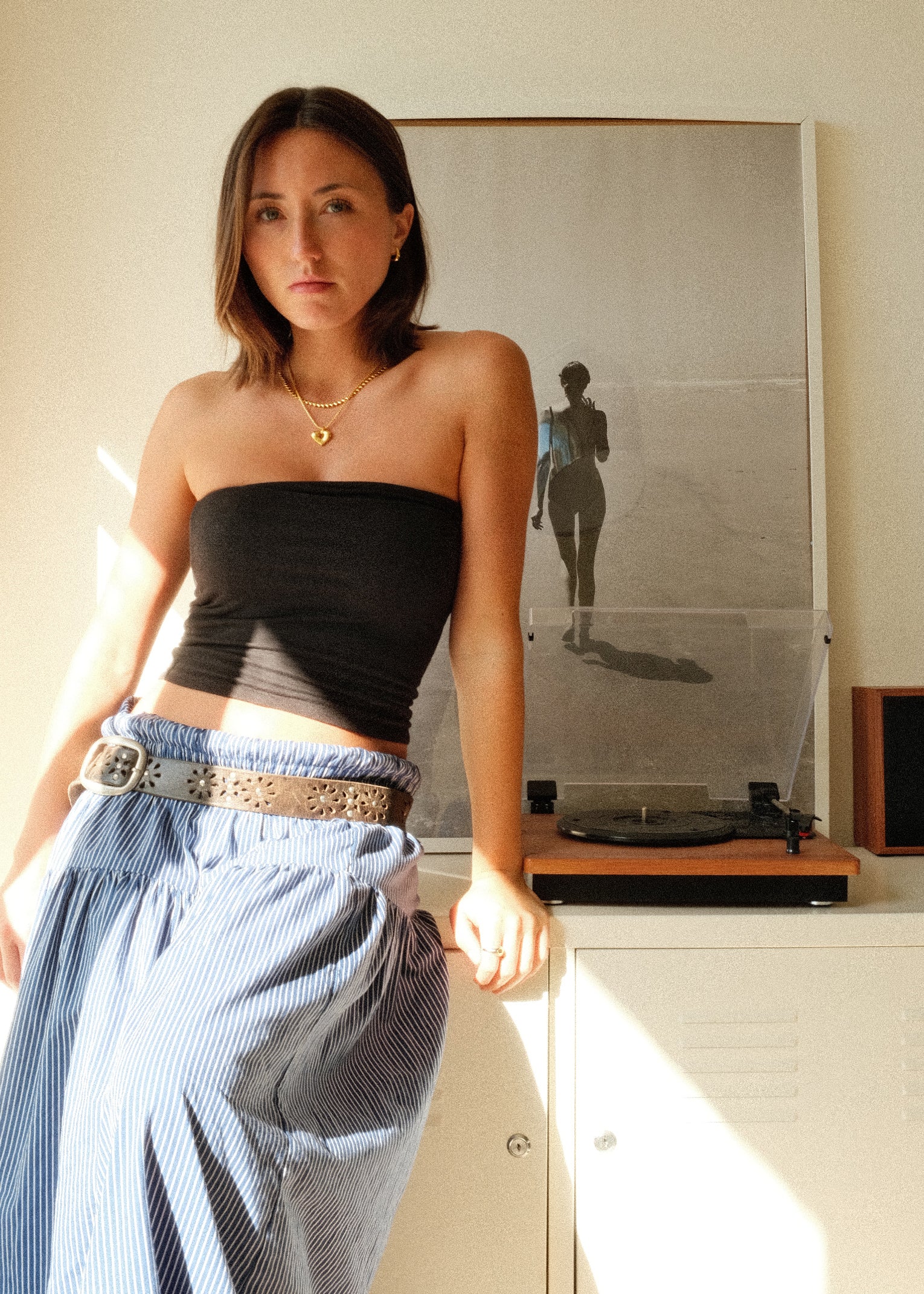
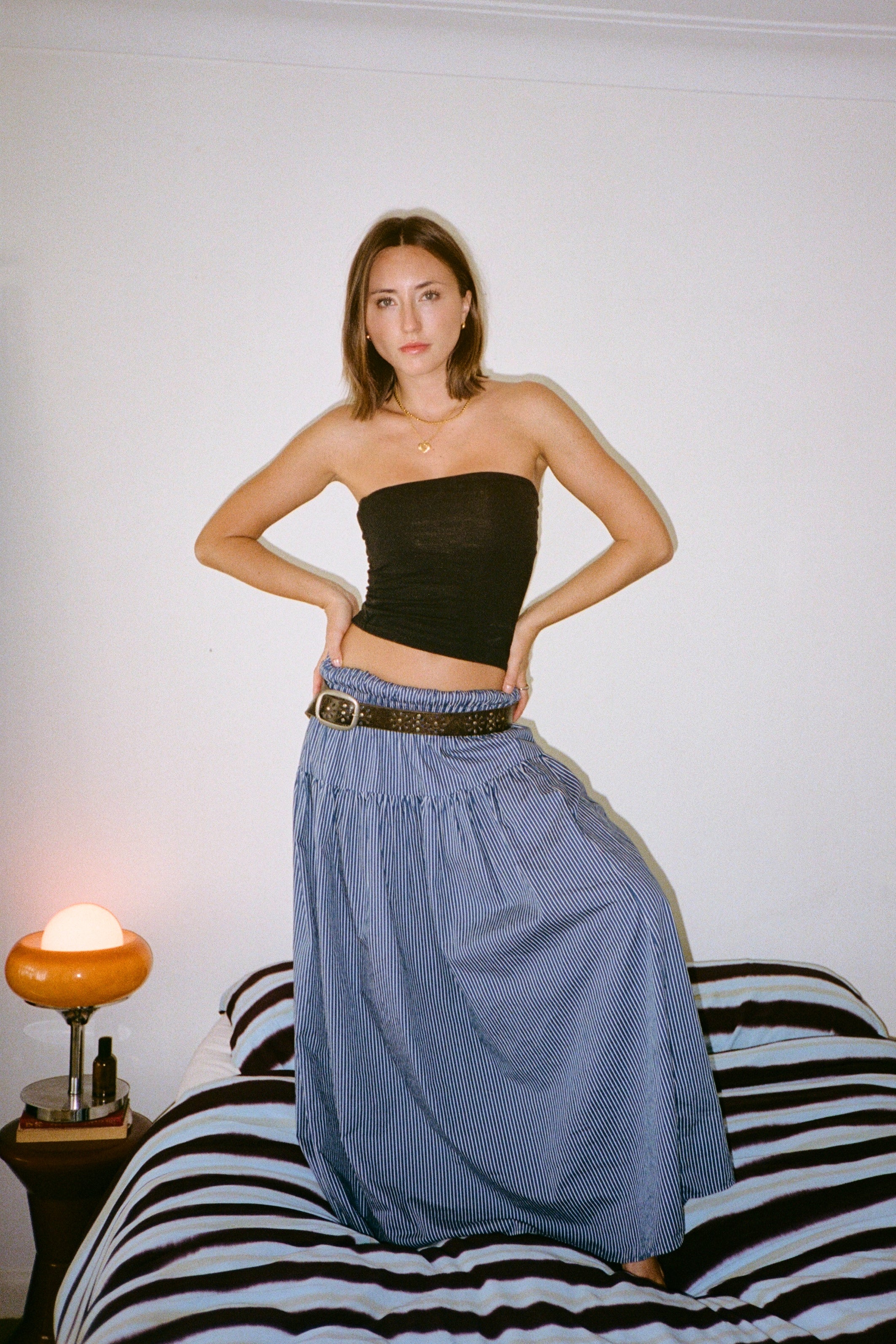
What exciting projects or creative directions are you looking forward to exploring next?
I'm excited about the idea of visiting Japan for the first time with my medium format camera to begin a project I envision as ongoing. I'm drawn to the striking contrast between traditional and contemporary architecture—ancient wooden homes nestled beside concrete megastructures in cities like Osaka and Tokyo. Through this visual study, I hope to explore the tension and harmony between old and new, capturing the layered history and evolving identity of Japan's urban landscape!
Do you remember a treasured or sentimental piece of jewellery that someone gave to you?
For my 18th birthday, I received a beautiful silver necklace—my first truly sentimental and meaningful piece of jewellery, one that marks a significant moment in time. It’s something I will treasure forever!
Follow Olivia @olivia__oliver_
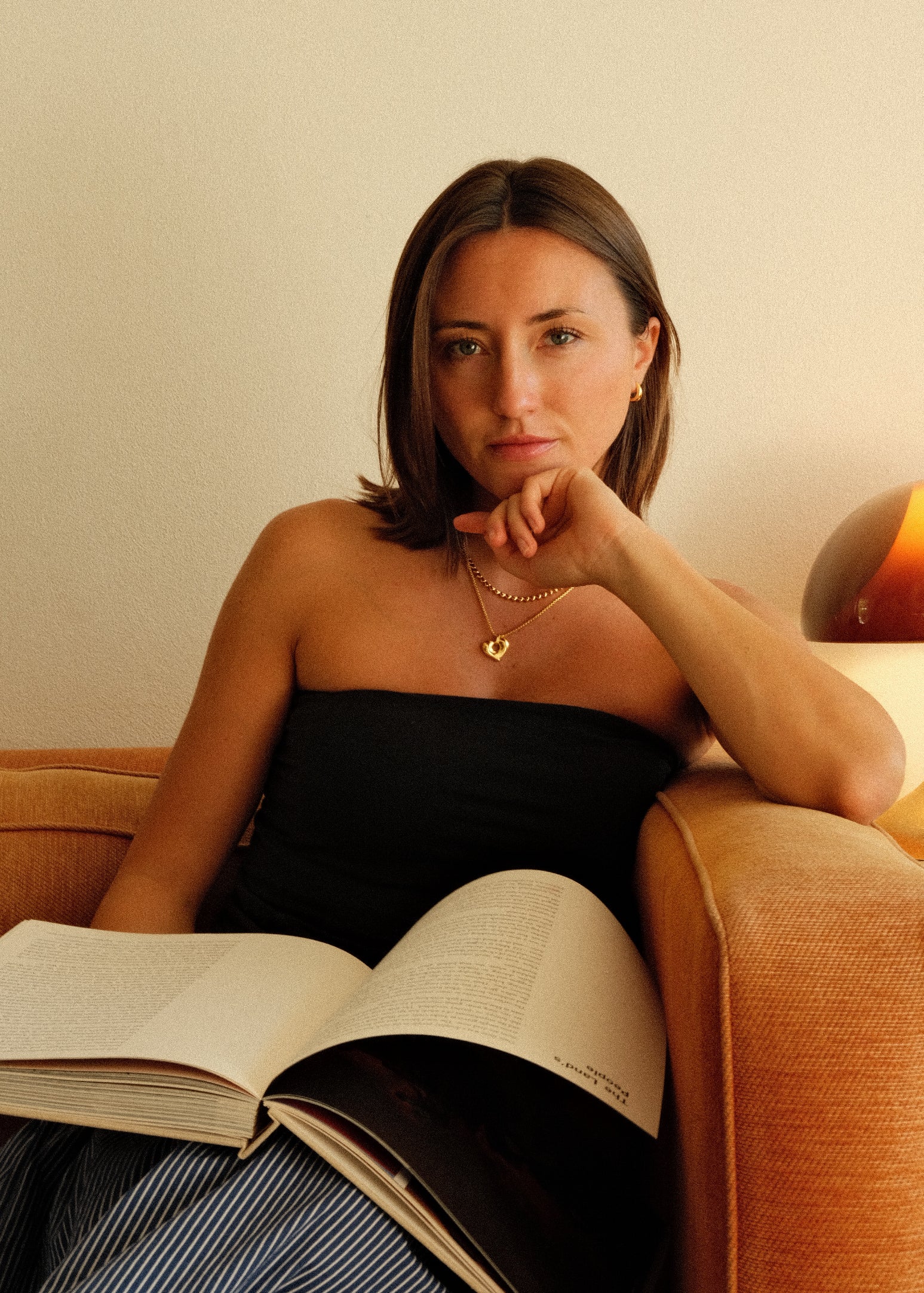
OLIVIA'S PICKS
